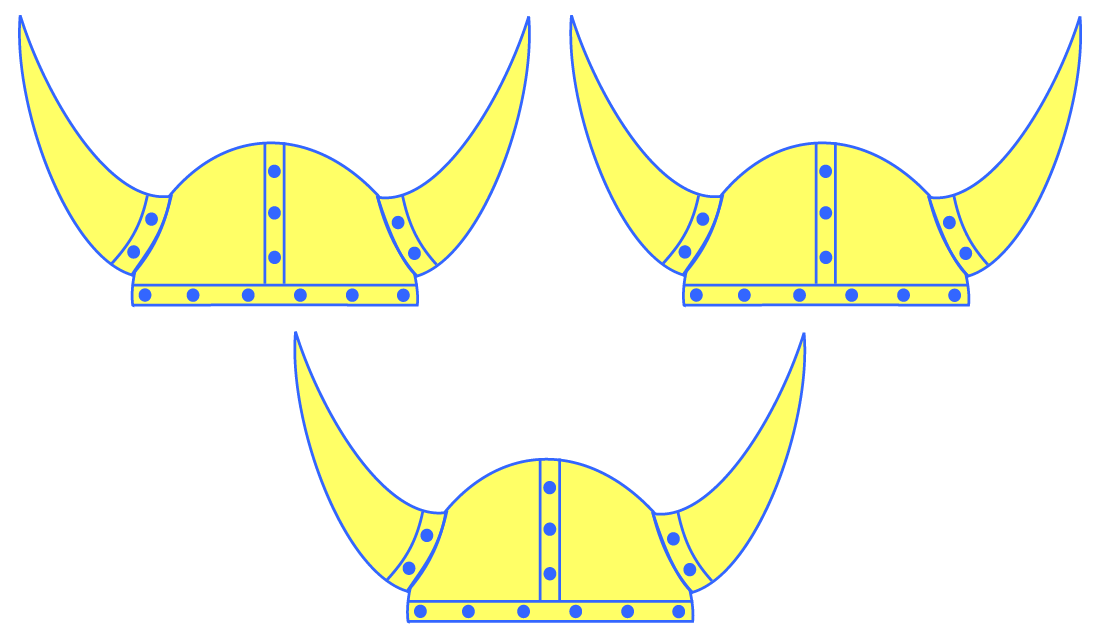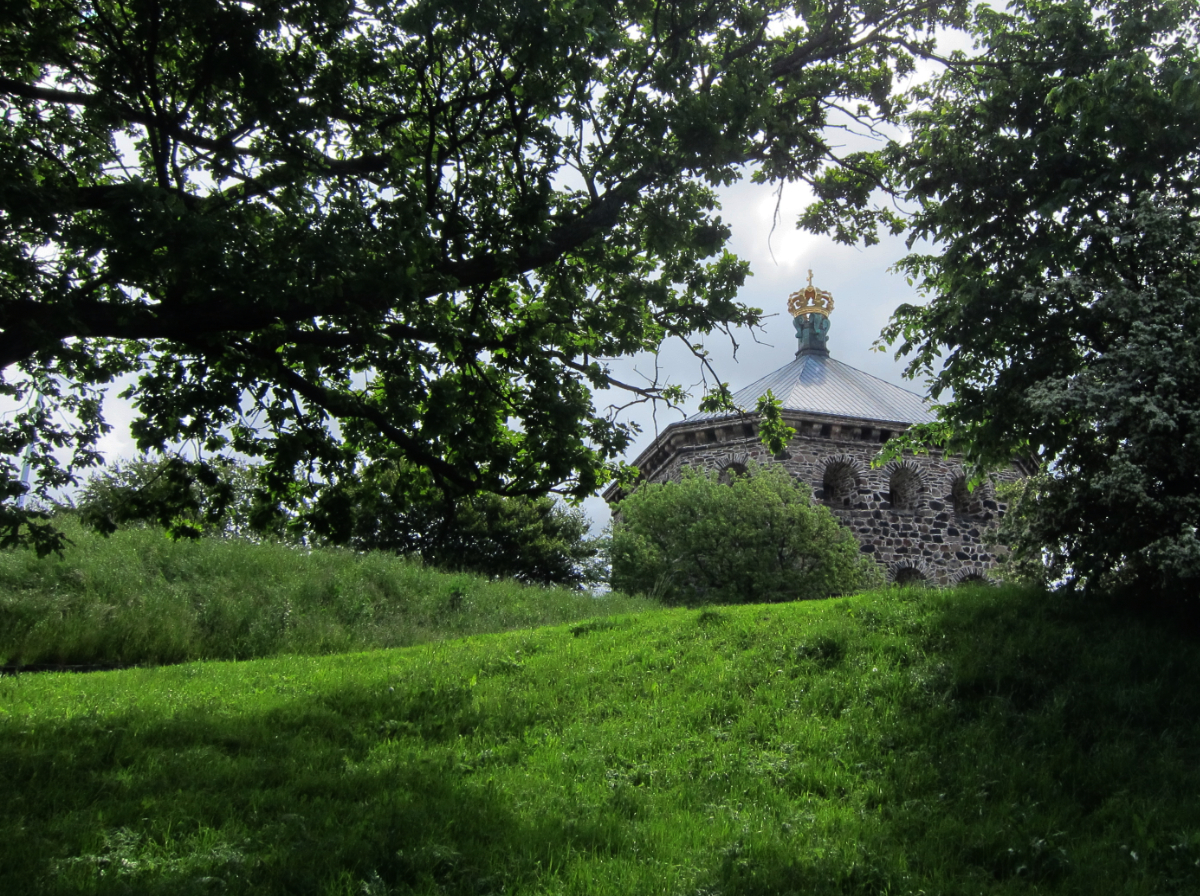
So, the idea for this post came about through a brief, recent Twitter interaction in which I blabbered a bit about the Land of the Eastern Geats within the Kingdom of Sweden and someone responded, basically asking, “Hey, whatever happened to Geatland?” The relevance, of course, is that Beowulf was a Geat, and I would assume that most people who visit this website would already know that, as well as the fact that the Geats came from somewhere in the country now known as Sweden. That is usually as far as the knowledge of Geatishness goes for most people, at least in the English-speaking nations of the world.
But, the thing is, there’s still—in reality—a maybe-probable Geatland. It’s called Götaland (possibly Swedish for Geatland) and it comprises the southern third of the nation. It is bordered to the north by Svealand (Swedish for Swedeland, in an old-timey lingo sort of way) and north of Svealand is Norrland (Northland). These terms exist in a more colloquial than official sense but are used regularly. If you ever watch or listen to a Swedish weather forecast, for example, you will hear things like: “Till kvällen fortsätter snöfallet längre söderut över Norrland och då kan det förekommer snöfall i Svealand och även i de inre delarna av Götaland” (“In the evening the snow fall will continue further south over Northland and then there could be some snow fall in Swedeland and even in the inner parts of Geatland“).
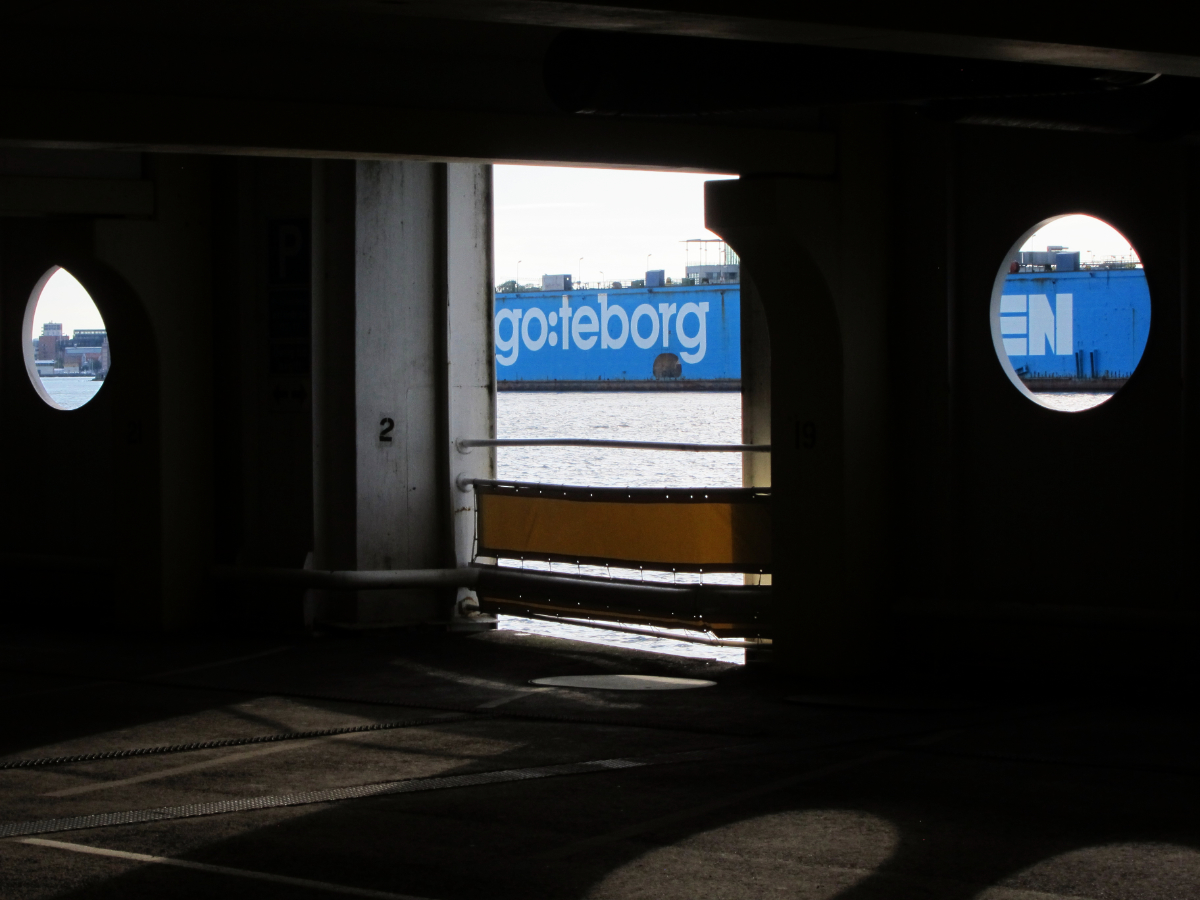
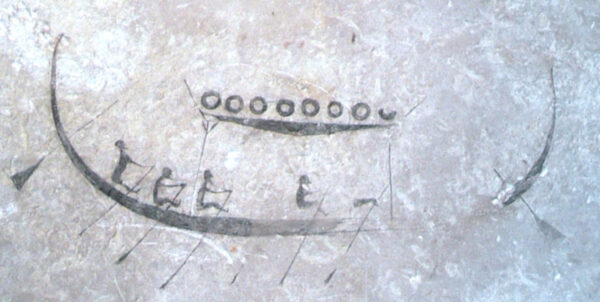
Beyond the broader, generalized term of Geatland (again, relying on the never-confirmable notion that Götaland is Geatland), there are also the two territories of Eastern and Western Geatland that remain officially recognized both as counties and larger regional units within the country (they also constitute two historical provinces, which is a type of territorial delineation that no longer serves an official administrative function within Sweden). Östergötland is Swedish for “Land of the Eastern Geats” and Västergötland is Swedish for “Land of the Western Geats” (but more often you’ll see it as Västra Götaland for the present-day county). And Göteborg is Swedish for “Fortress of the Geats.” Located in Västergötland, it is the largest city in either of the Geatlands and the second largest city in all of Sweden (Stockholm in Svealand, of course, takes the top spot). In English, Göteborg is more commonly known as Gothenburg.
So then, what about the Goths? Well, this is where things get extra muddled. Östergötland has also been called Ostrogothia and Västergötland has been called Westrogothia. And, of course, there were those Goths who started wandering out of Scandinavia into the Roman Empire in the 4th century, long before Beowulf’s heyday, and founded what we like to call the Ostrogothic Kingdom in present-day Italy and the Visigothic Kingdom in present-day Spain. So, were they originally Geats? As with everything that surrounds this entire issue, any definitive answer to that is long lost to the mists of time, and further complicated by the fact that there is also a large island (now part of Sweden) in the Baltic Sea called Gotland, which adds even more ambiguity to the issue. The ancient people from this island are typically referred to as Gutes (basically the same word in English and Swedish; the Swedish is Gutar) and maybe they were the Goths? Or maybe the Geats were the Goths? Or maybe the groups were all one and the same? None of that is really known for certain and different theories abound. At any rate, some sense of presumed Geatishness nonetheless lives on in the Kingdom of Sweden, which, by the way, is the official name of the country (English for Kungariket Sverige).
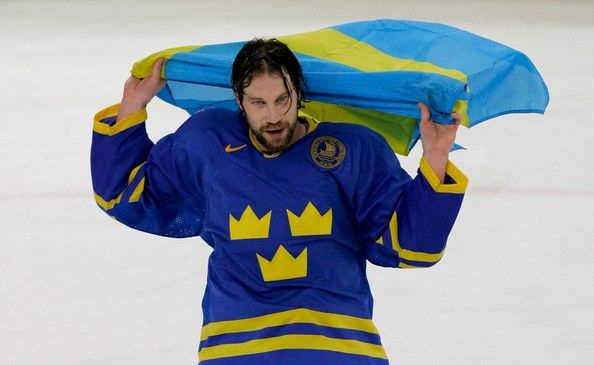
One of my personal favorite examples of this undying presumed Geatishness (and one of the most prominent) is the highly prevalent national emblem, the Tre Kronor (Three Crowns). This symbol is found everywhere throughout the Kingdom of Sweden, even on the uniforms of its national hockey teams. Its origins are shrouded in some mystery and there are multiple conflicting theories regarding that (none of which, of course, can be proven), but one states that the three crowns represent Svealand and the two Götalands and that the overall emblem represents the consolidation of those territories into a single union that occurred in the Middle Ages. The Tre Kronor is the blatant and obvious inspiration behind what I like to call the Tre Hjälmar—the three horned helmet insignia that I created and have pasted all over this website and that features on the cover of my book, The Scandinavian Aggressors. And yes, I know vikings never wore horned helmets, but I enjoy parody, damnit! Besides, no one really knows where Sweden’s official national emblem came from, anyway.
There are many other instances of unproven presumed Geatishness that have survived the centuries, too, such as the public transportation system of Östergötland: Östgötatrafiken (Eastern Geatish Traffic).
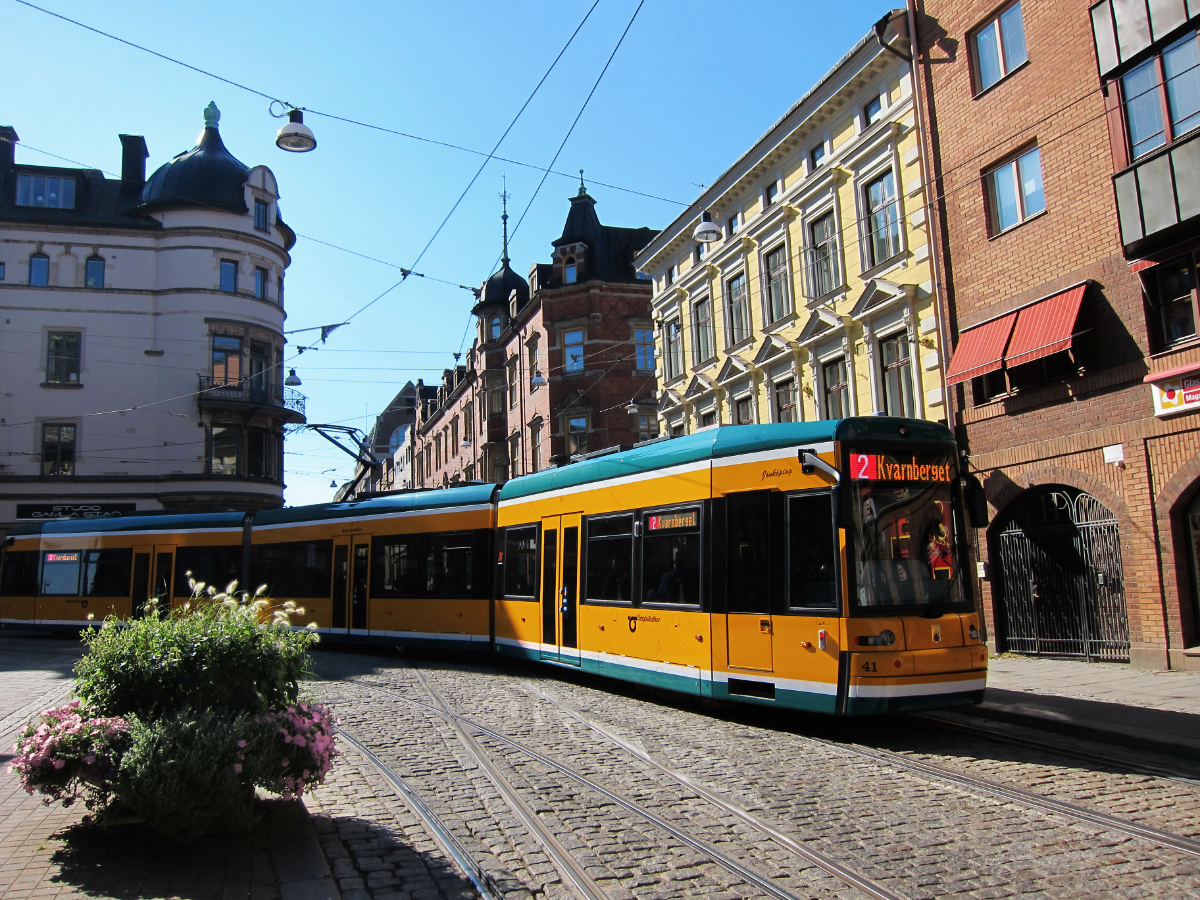
Another example is the Göta Kanal (Geatish Canal) that cuts through Geatland to connect Sweden’s west coast to its east coast. It is mostly a tourist attraction these days but was constructed in the 1800s for defensive military and shipping purposes:
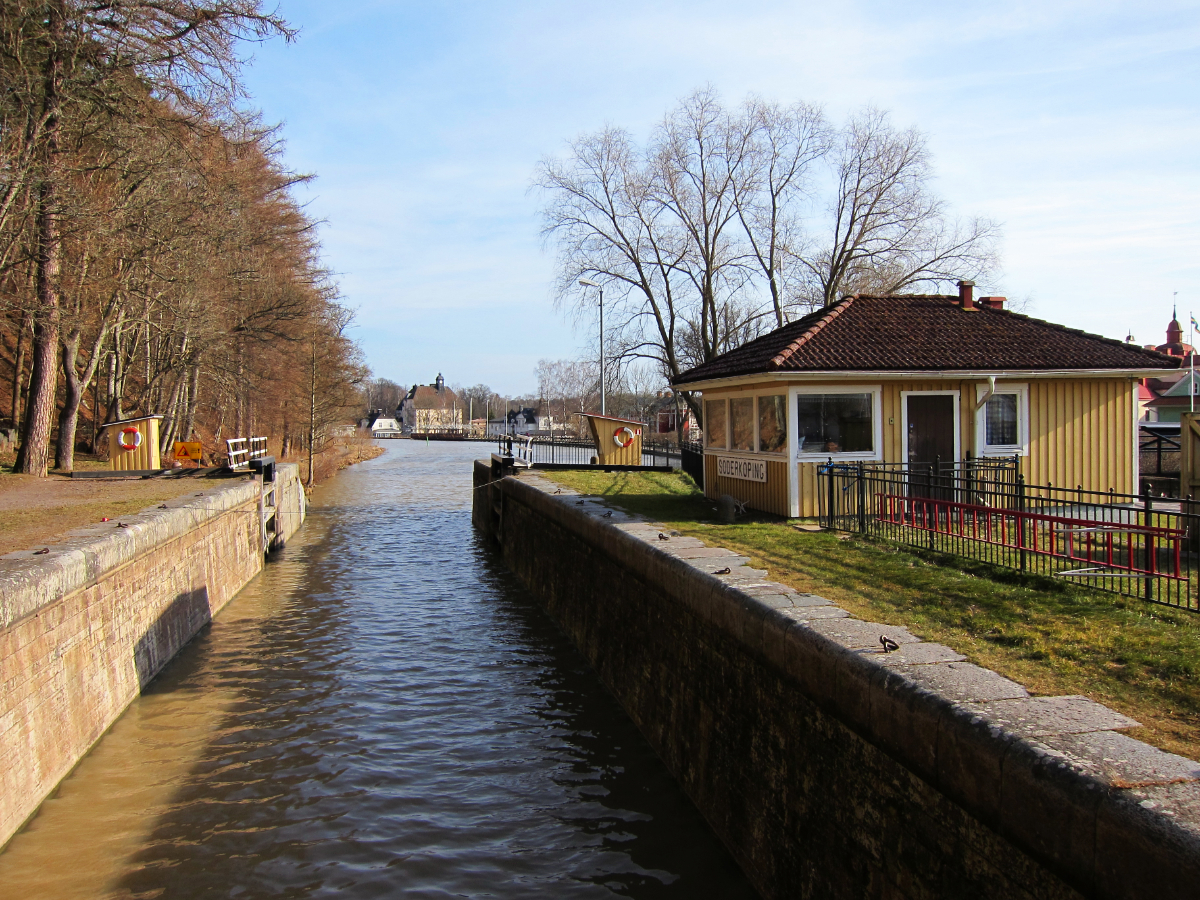
There’s also Götaverken (The Geatish Works), an old shipyard in the Fortress of the Geats, which was once the world’s largest:
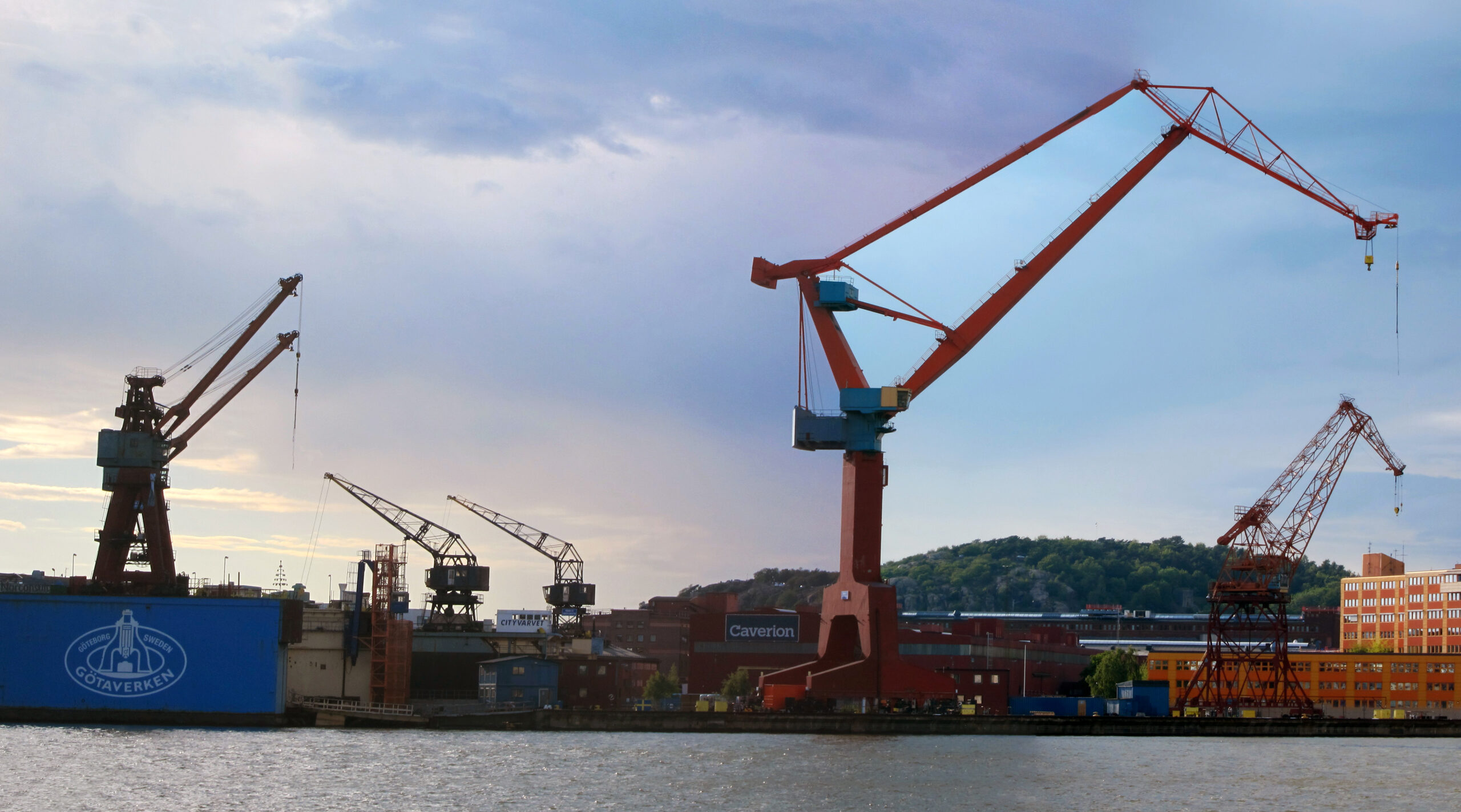
So, I would say that the state of presumed Geatishness in the Kingdom of Sweden is alive and well, if not necessarily well-renowned, provided one ascribes to the common notion that Götaland = Geatland. Which, of course, may be wrong.
Back when I was living in the Kingdom of Sweden, Östergötland was my home base, and so that’s the part of the nation that I’m most familiar with. I’ve babbled about it before in other instances, but for anyone who wants to learn a little more about Eastern Geatland, here are a few links to some of my past ramblings:
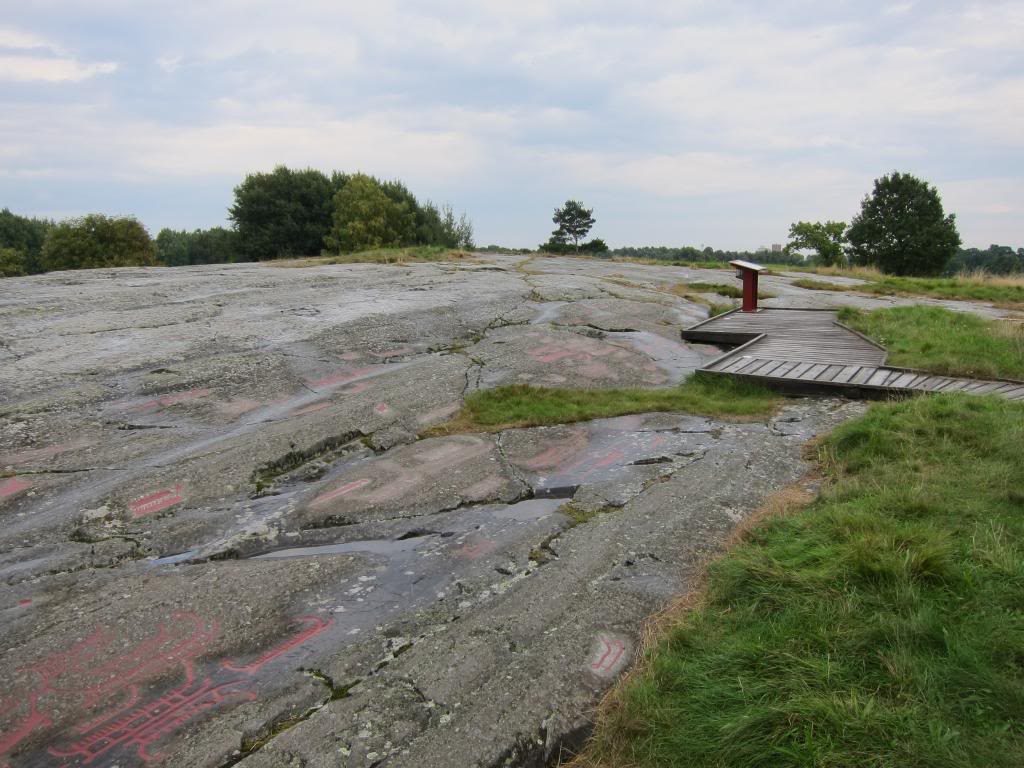
The Boners of Östergötland (posted right here on scandinavianaggression.com), which is about the ancient rock carvings of Norrköping that just so happen to feature many depictions of the most famous male appendage.
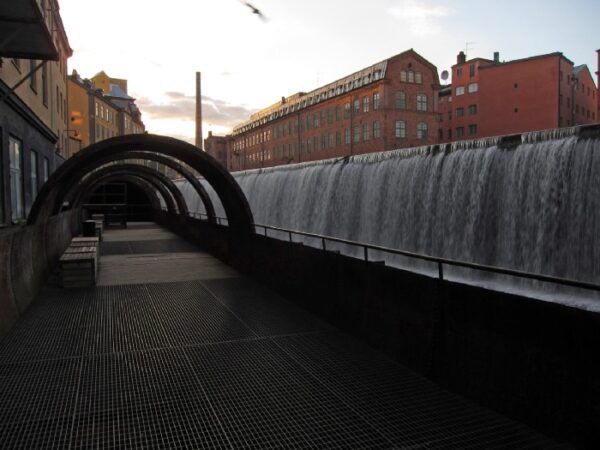
Industrilandskapet of Norrköping: The Manchester of Sweden (posted at mainly museums.com), which is about Norrköping’s industrial heritage and sites of interest for visitors.
Norrköping Meandering (posted at medium.com), which is about a fairly recent revisit to Norrköping.
Subscribe to get updates from Scandinavian Aggression!
You know, if you feel like it or whatever. Your email is only used to send updates when new nonsense has been posted to the site. It's stored in the secure abyss of WordPress and not shared anywhere or anyhow else. Skål som fan!
